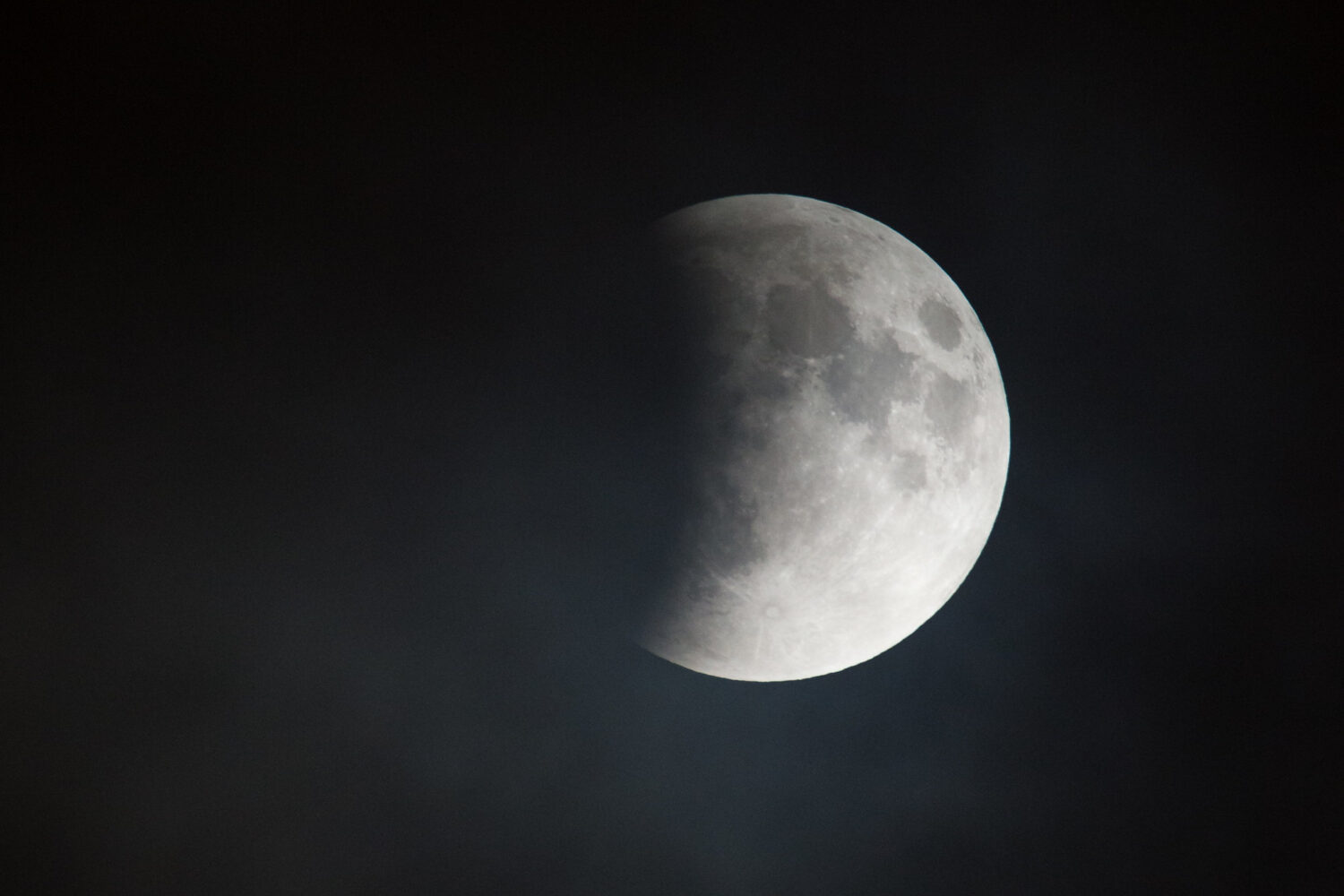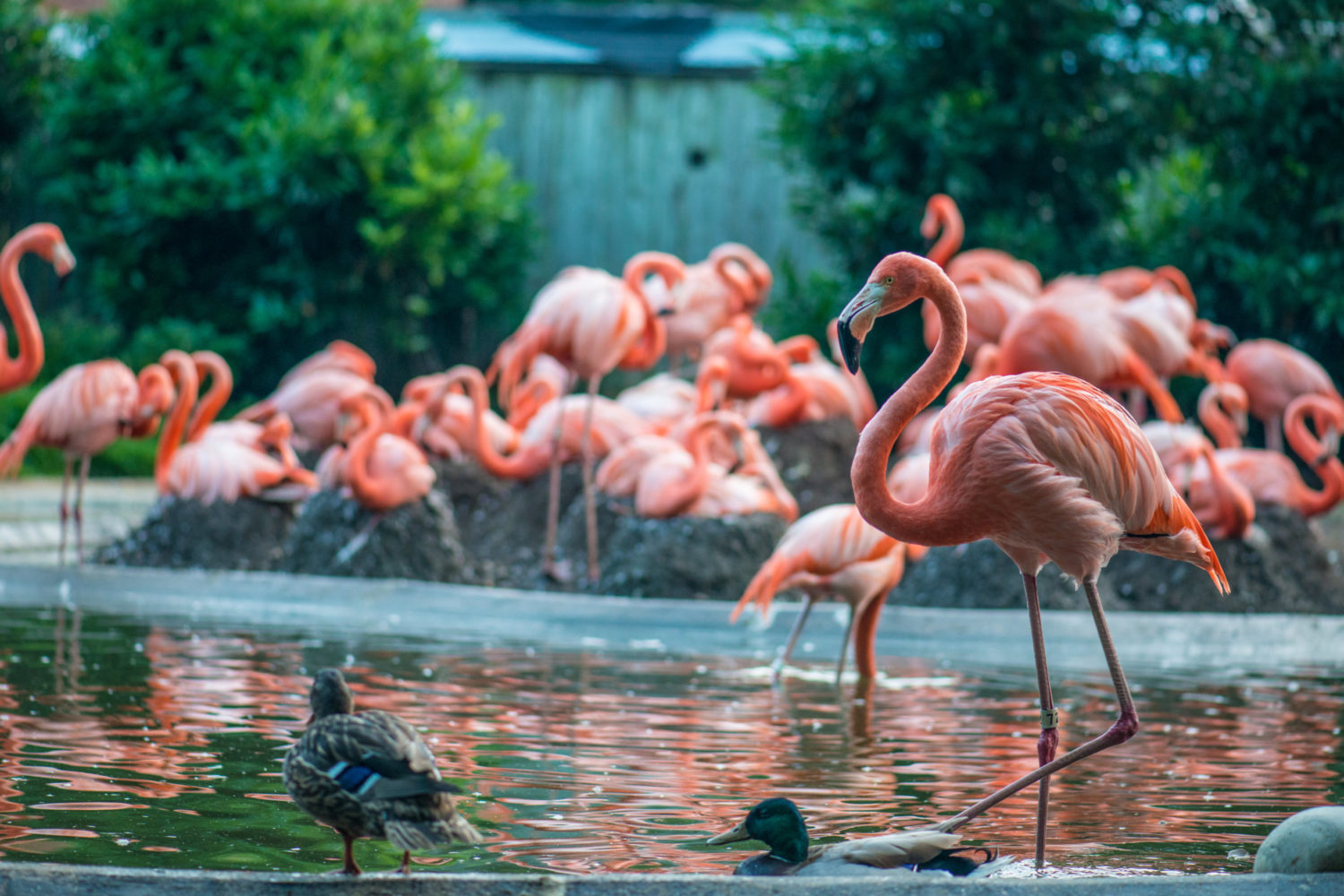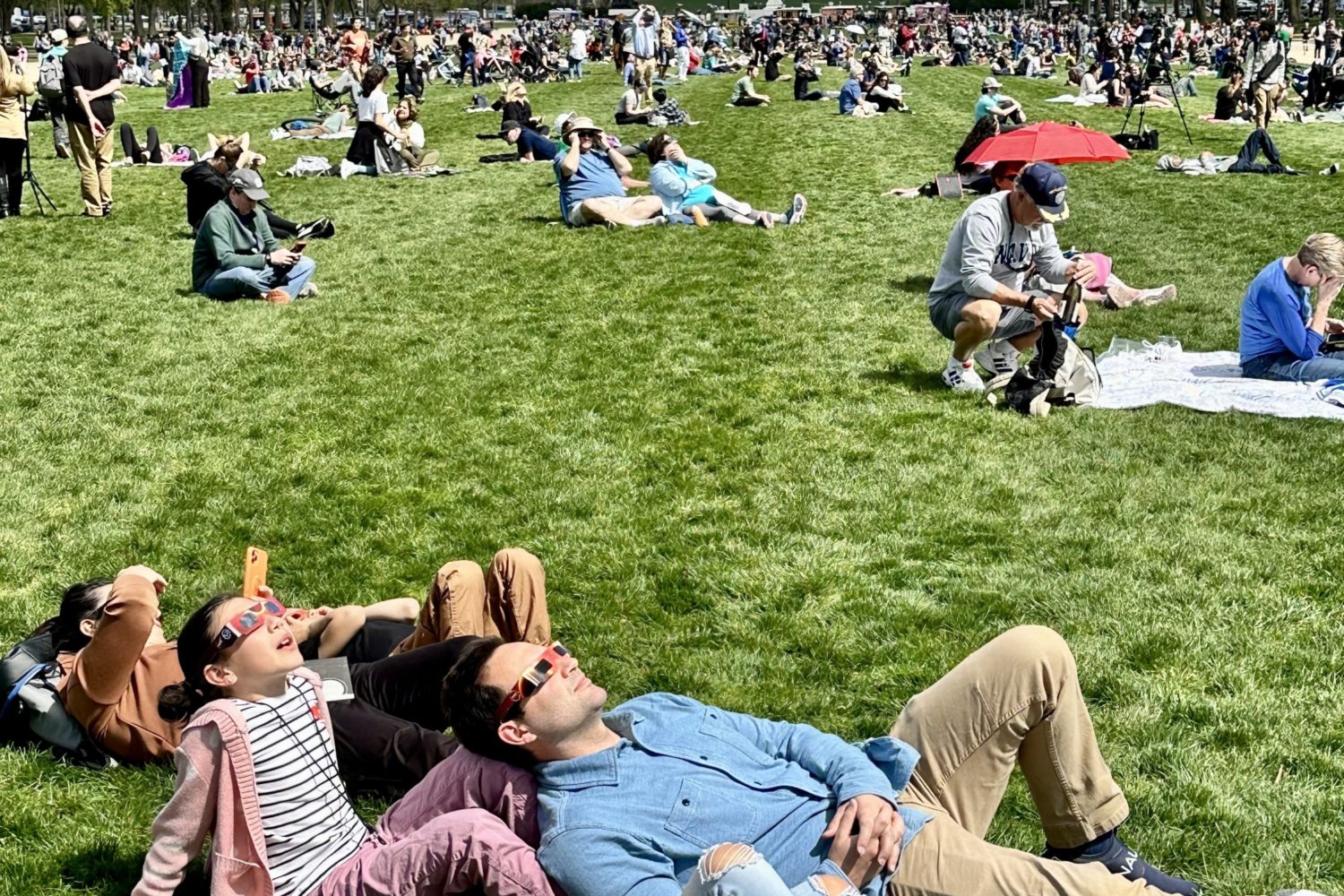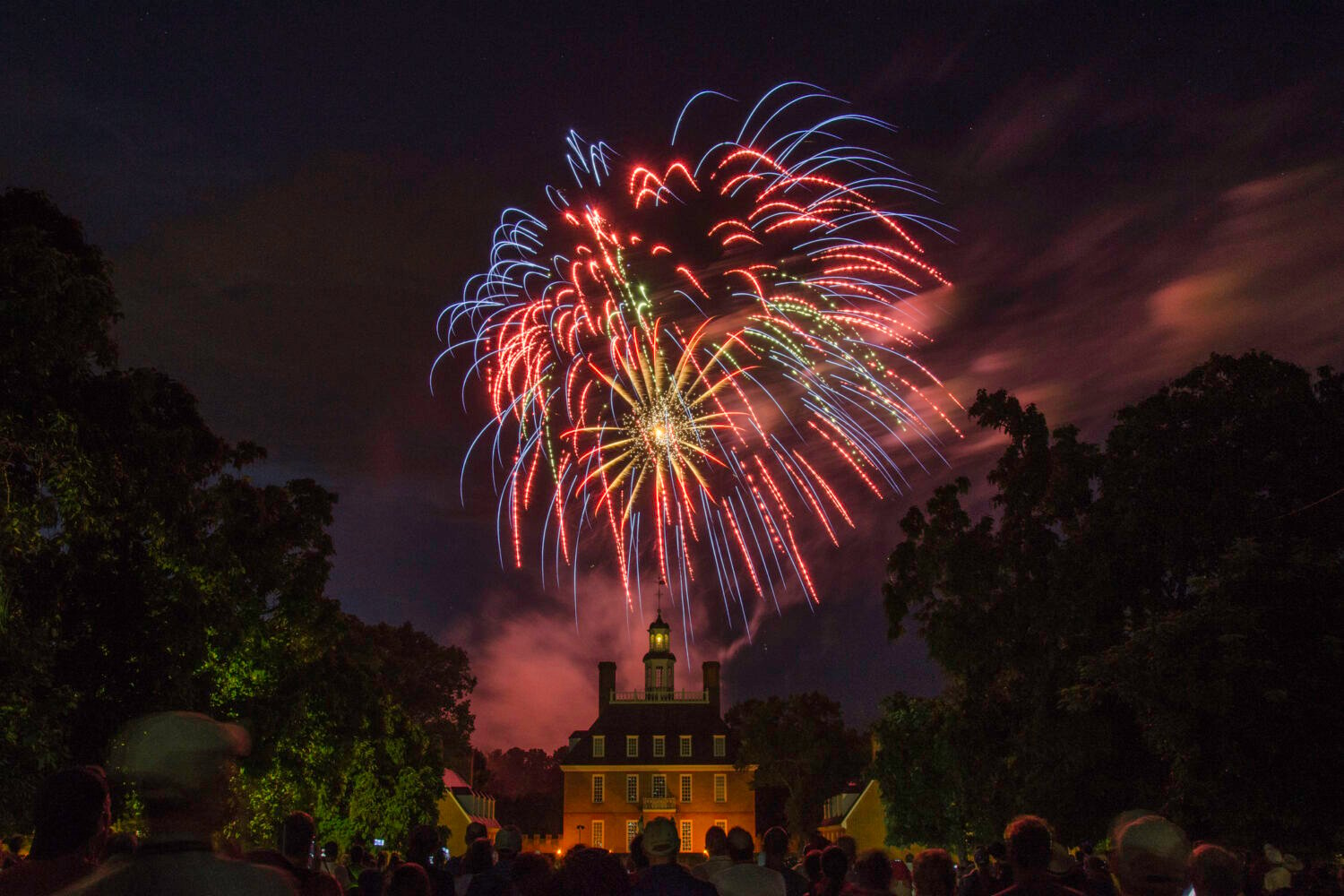When you picture an eclipse, you probably imagine a searing “ring of fire” peeking around the edges of the moon’s black silhouette. That’s an annular eclipse—like a total solar eclipse, except the moon is at the furthest point in its orbit and, because of its distance, doesn’t entirely block out the sun. One of these will cut across America on October 14. This NASA map shows the eclipse’s full path.
Though DC is nowhere near the heart of the eclipse, we’ll still get a glimpse of it: approximately 30 percent of the sun will be covered here at the peak, around 1:18 PM on that Saturday.
You can catch the partial eclipse with a crowd on October 14 at a host of DC-area gatherings. The National Air and Space Museum will host an eclipse-themed family event from 10 AM to 2 PM. The Air & Space Museum event will feature safe solar observing with protective eye gear, a group art project, live music, free planetarium shows, a scavenger hunt, expert Q&As, and a story time with author Andy Rash.
The museum’s Steven F. Udvar-Hazy Center in Chantilly will hold a free sungazing event with a filtered telescope starting at 11 AM. The Rock Creek Park Nature Center’s planetarium “will show Eclipse: The Sun Revealed” on the hour throughout the day, and Fairfax County Parks will host eclipse-watching gatherings at three suburban parks.
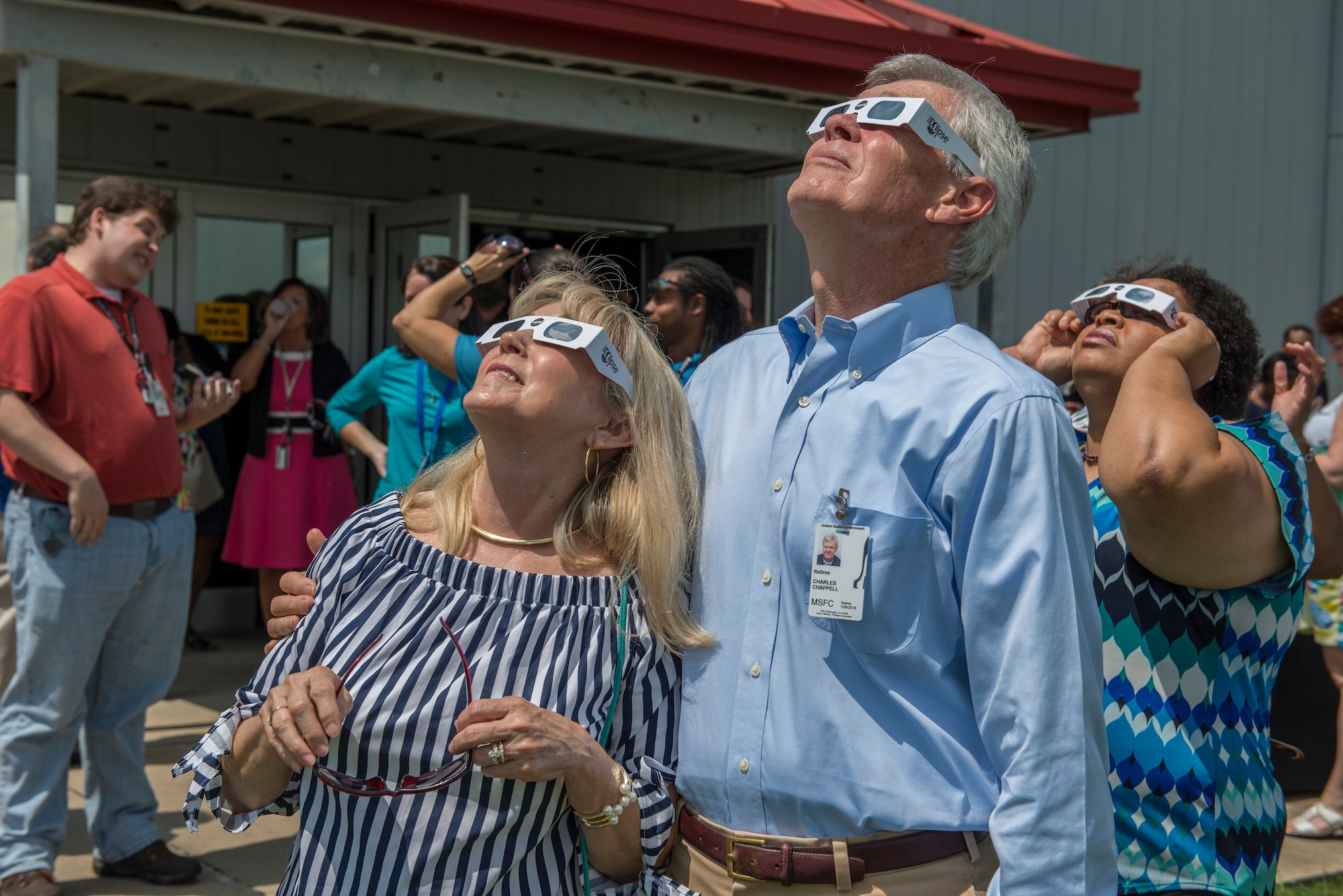
The annular eclipse will make its way over the west and southwest: Albuquerque and San Antonio will get some of the best views, and if you’re planning a random autumn road trip to Bryce Canyon National Park in Utah, you’re in luck—the park will provide special eclipse programming alongside its natural beauty. But the eclipse will still be perceptible, to a lesser extent, throughout the continental US. Try to remember not to look directly into the sun as former president Trump did during the 2017 total eclipse.
Solar eclipses don’t seem to like DC— the path of the last major eclipse, on August 21, 2017, got no closer to us than North Carolina. True eclipse-chasers are already planning trips for the Great North American Eclipse, which will cut across the continent on April 8, 2024, from Canada’s maritime provinces to Mexico’s Pacific coast, with a long path across the central US on the way. But for Washingtonians, the closest cities in the total eclipse’s path next year will be Buffalo, Cleveland, and Dayton.








